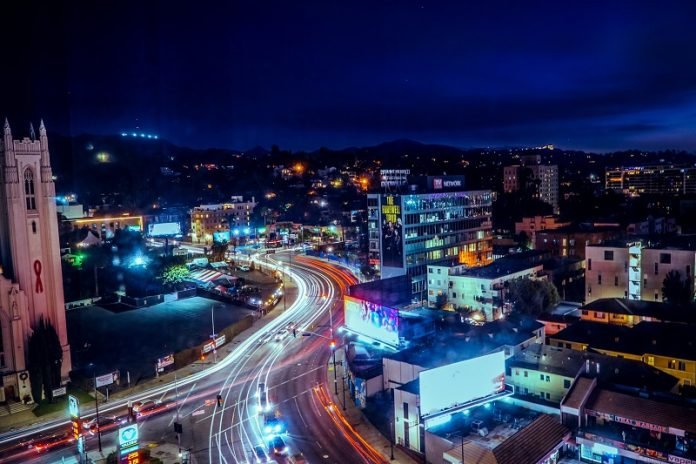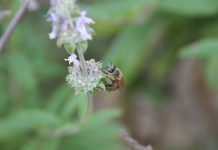
Have you ever been stuck in traffic and wished there was a better way?
Researchers at UCLA think ants might teach us how to make our roads less congested.
In a new study, they looked at how ants build their nests to understand if we can apply any of their methods to our own transportation systems, like the busy 405 Freeway in California.
Scientists wanted to know if the way ants build their nests is because of their evolution or if it’s influenced by their current surroundings.
What they found is interesting: it’s not about evolution. Instead, it’s about how the ants get their food and the environment they live in.
The big takeaway for us is that if we design our roads based on how people and goods move around, we might have more efficient and less jammed-up roads.
So how do ants and humans face similar problems? Sean O’Fallon, a PhD student at UCLA and the lead researcher, says that like us, ants live in crowded areas.
They need to get around efficiently, but there’s only so much room to build tunnels in their nests, just like our roads and buildings in cities.
In the study, the team looked at 439 ant nests from 31 different ant species. They found that the design of an ant nest depends a lot on how ants find food. Some ants go out alone to find food, while others work in groups.
Some even leave a scent trail for other ants to follow, which can last for months.
Just like our homes have different rooms for different purposes, ant nests also have chambers for various uses like storing food and taking care of baby ants.
The research team found that nests of ants who bring back large groups to a food source have bigger “entrance chambers.” This is because more ants need to come and go.
The scientists also looked at “network density,” or how many tunnels connect these chambers. They thought that the more ants need to move around, the more tunnels there would be. But that wasn’t the case. Even nests with lots of rooms had fewer tunnels. The researchers think this might be because too many tunnels would make the nest weak and it could collapse.
Noa Pinter-Wollman, a professor at UCLA, says that ants need to find a balance. They need enough tunnels to move around quickly, but not so many that their home falls apart.
What does this mean for us? If we understand how ants build efficient but strong nests, we can think about how to improve our own transportation. For instance, maybe we need special lanes or roads for trucks that go to and from big places like ports and warehouses.
So the next time you see an ant, think about how these tiny creatures might have answers to some of our big, everyday problems.
Follow us on Twitter for more articles about this topic.
Source: UCLA.



